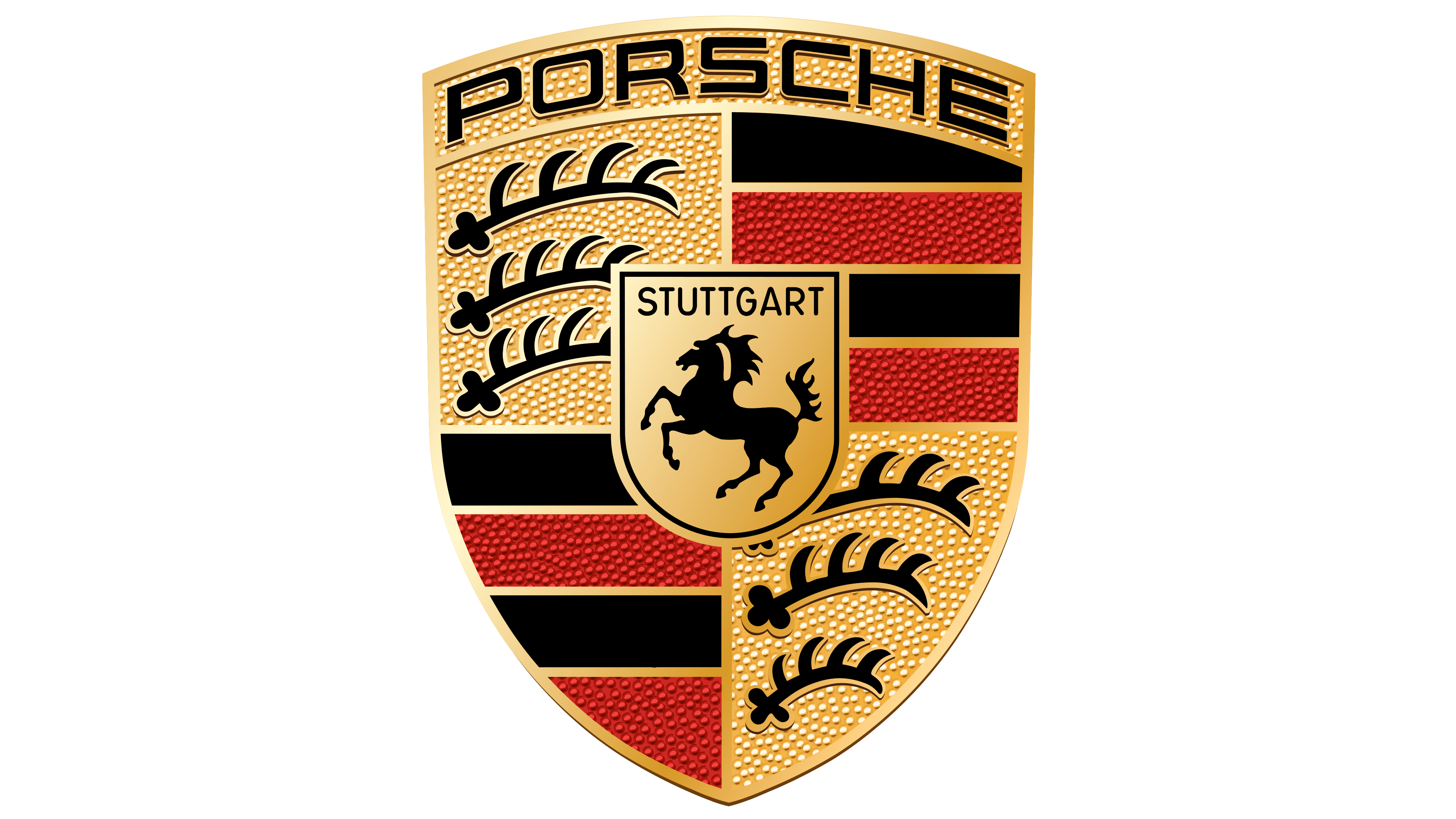
Porsche is a German automobile manufacturer specializing in high-performance sports cars, SUVs and sedans, headquartered in Stuttgart, Baden-Wurttemberg, Germany. The company is owned by Volkswagen AG. Porsche is known globally for blessing the world with a variety of incredible automobiles, established in 1931 by Ferdinand Porsche it has become one of the most renown manufacturers thanks to its iconic models.
Some best car's from Porsche:
Porsche 911 R
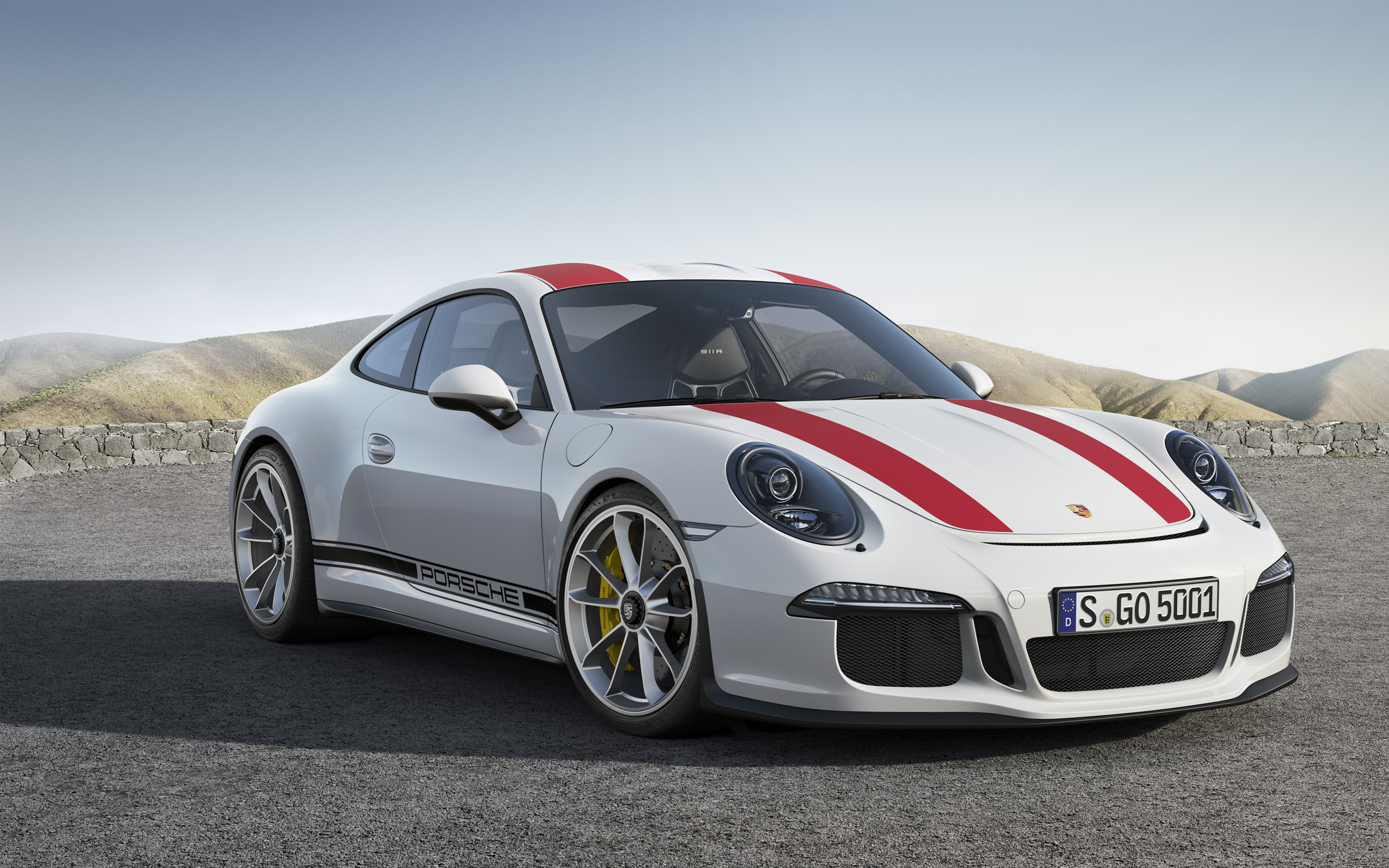
The limited edition is the perfect Porsche on paper with its 500 hp 4.0-liter naturally aspirated flat-six engine, 6-speed GT sport manual transmission, exotic lightweight materials and lots of cool Porsche motorsports tech thrown in. It is refreshing. As much as the current GT3 and GT3 RS are epic cars, they're not much fun or approachable on real roads. The Porsche 911 R is much more than that. It is the kind of car you take when you want to hit some mountain passes or some back roads to let off some steam.
Porsche 911 GT2 RS
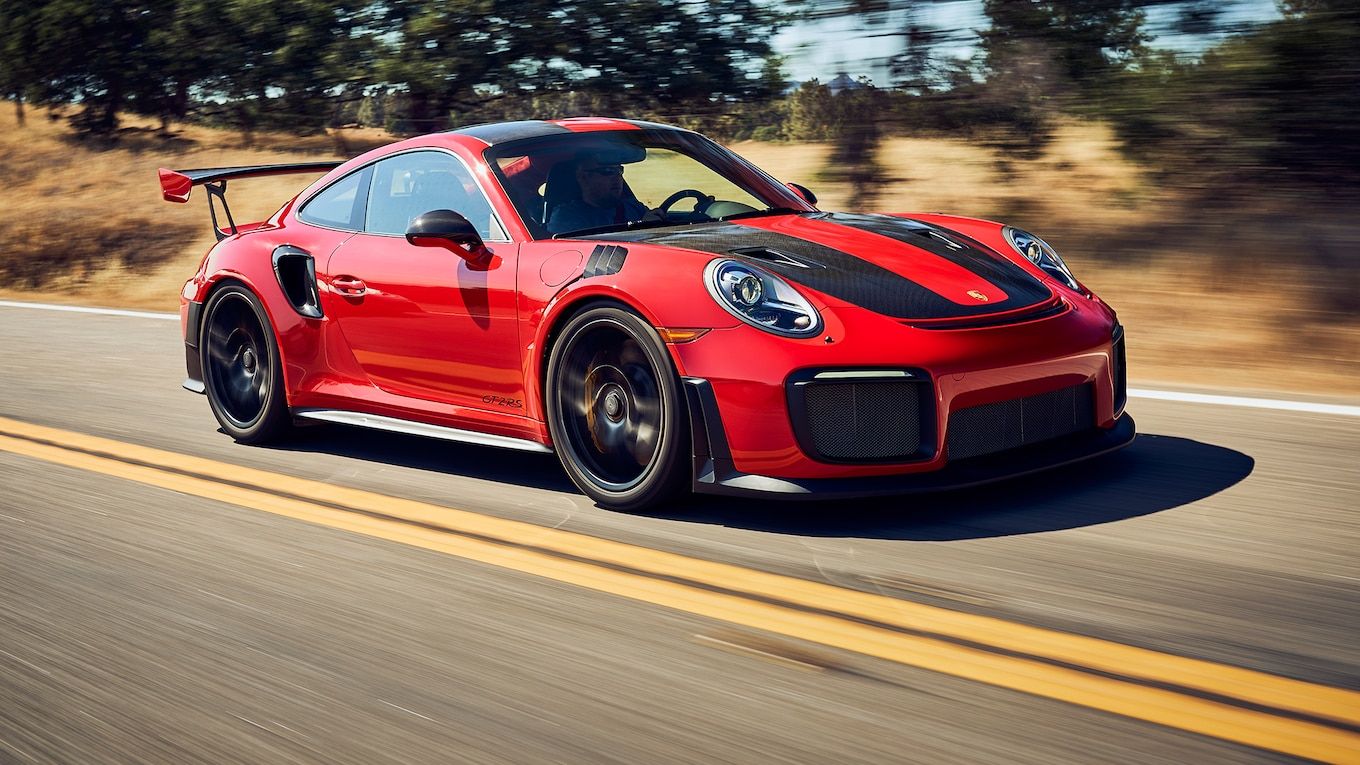
The GT2 RS is considered the is the most expensive and fastest model among the 911 lineup. The '991' version is still the fastest, most powerful road-legal 911 to date: a hardcore hero with two seats, a titanium rollcage and an Airbus-sized rear wing. A 700hp twin-turbo engine means 0-62mph in 2.8 seconds and 211mph flat-out, plus the ability to blitz the 12.9-mile Nurburgring circuit in six minutes 47 seconds.
Porsche 356
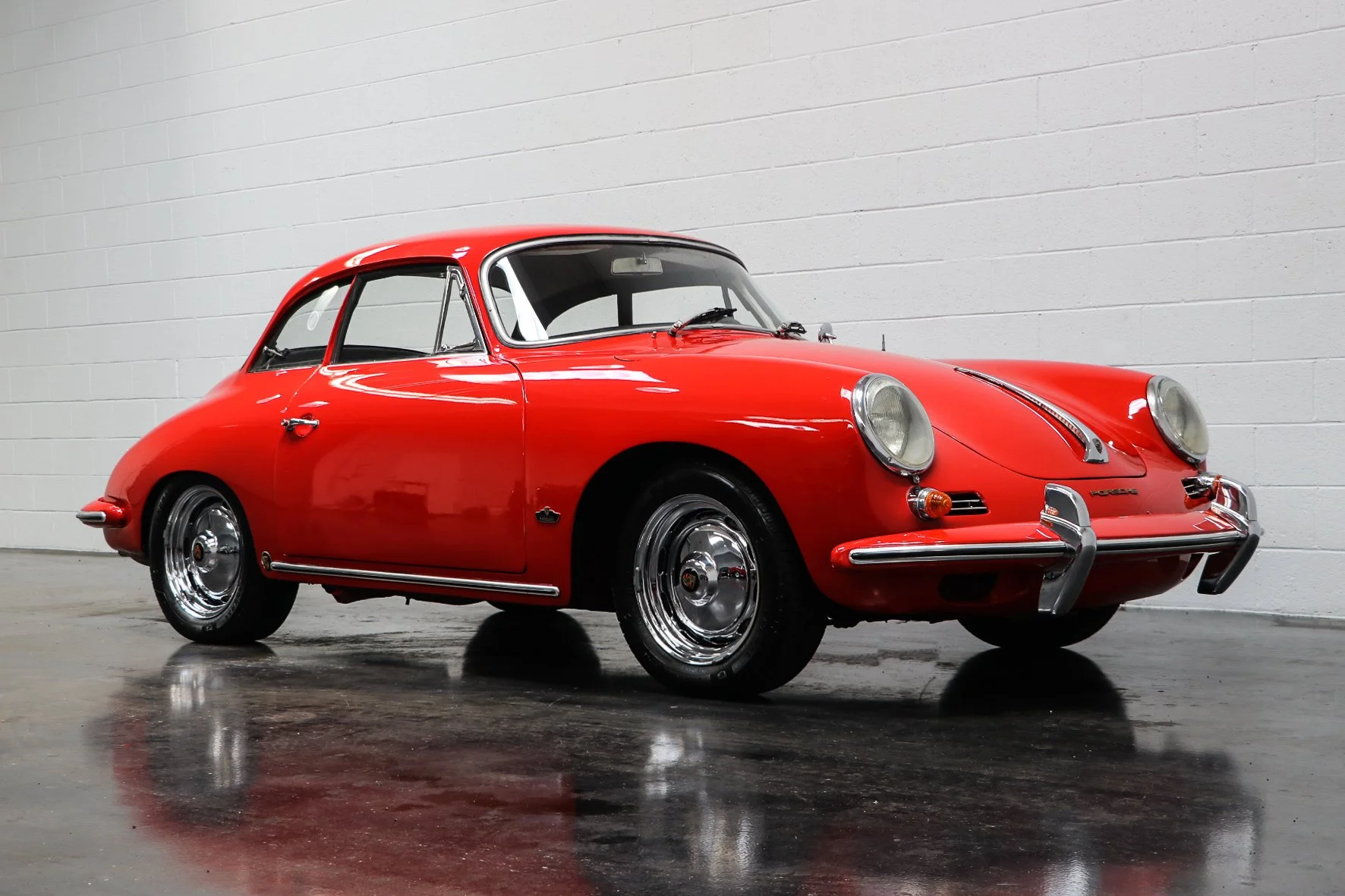
It was the first ever Porsche model manufactured. It is arguably the purest form of the brand and the father of all the Porsche's we see on our roads. The 356 was the car that cemented the company's success in the United States, those who like their cars vintage adore it. The 356 is lightweight, has a rear engine and wheel drive, and two doors. To this day it remains one of the most iconic Porsche's, and it never grows old. Finding one might prove to be a daunting task and if you want it in your collection that badly, then you better be ready to blow a massive hole in your bank account.
Porsche 356 speedster
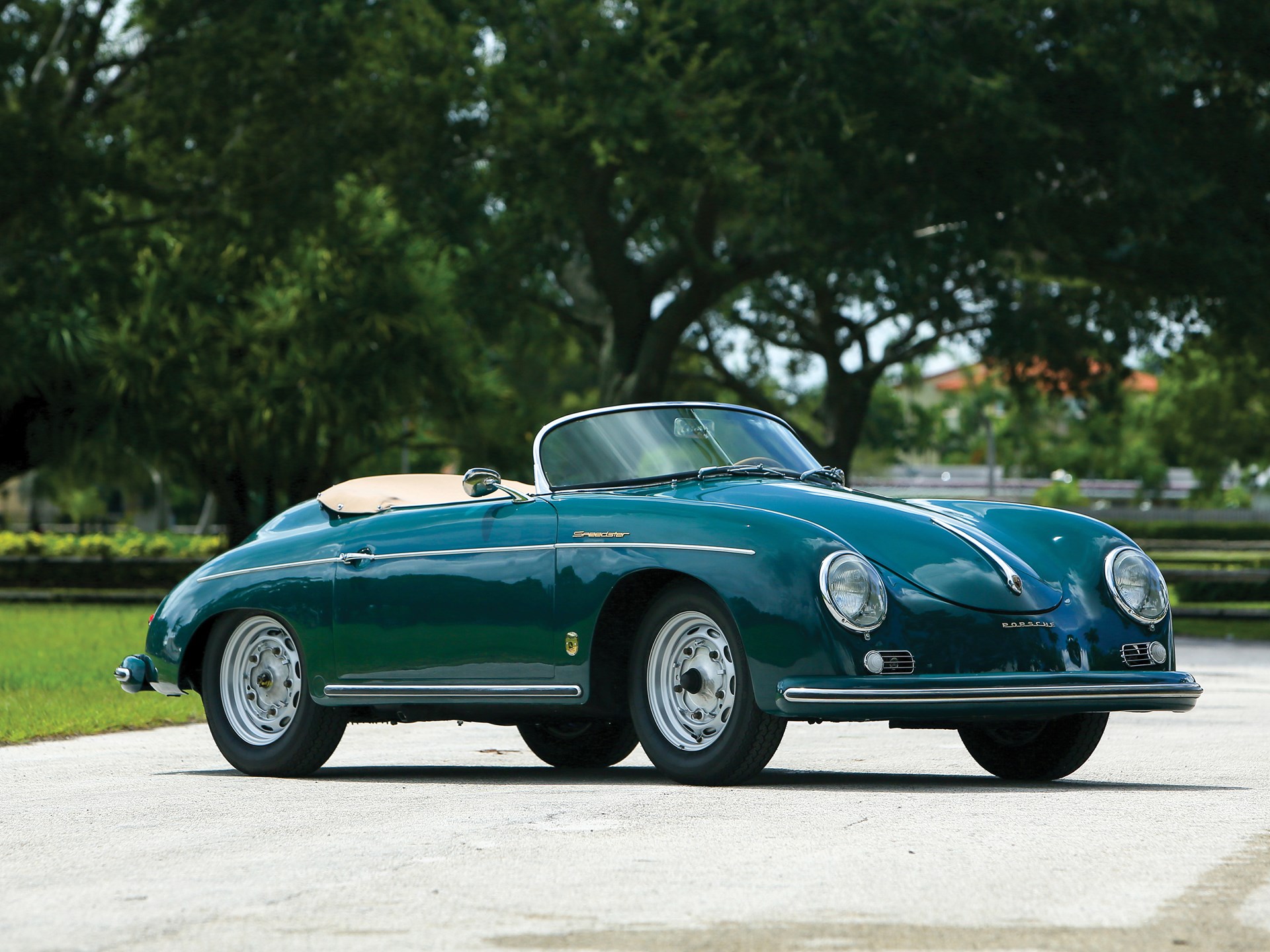
The Porsche 356-speedstar was created in 1956 and the manufacture of the car lasted for three years. It was a minimalistic version of the previous 356 and had a simple folding top, it did not have any side windows and lacked a conditioning system. Anyone who owned this model back then was perceived as wealthy. Today, the speedster is highly collectible, but only a few owners are willing to sell them. The 356 speedster has a rear engine and two doors.
Porsche 918 Spyder
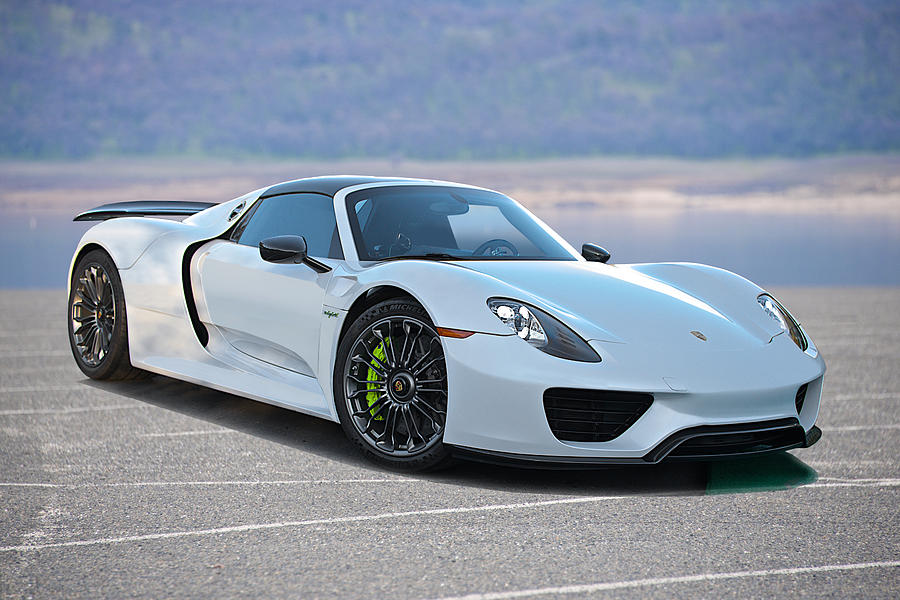
The Porsche 918 Spyder was a mid-engined, plug-in hybrid supercar. The Spyder was powered by a naturally-aspirated 4.6-liter V8 engine that was capable of producing 608 horsepower (453 kW). Paired with this engine are two electric motors that deliver an additional 279 horsepower each, for a cumulative combined total of 887 horsepower (661 kW.) Production on the Porsche 918 began on September 18, 2013, with the brand's first deliveries scheduled to begin in December 2013. Each car had a starting price of $845,000 (U.S). The Spyder sold out quickly in December, 2014. Unfortunately, production of the brand ended entirely in June, 2015.
Porsche 959
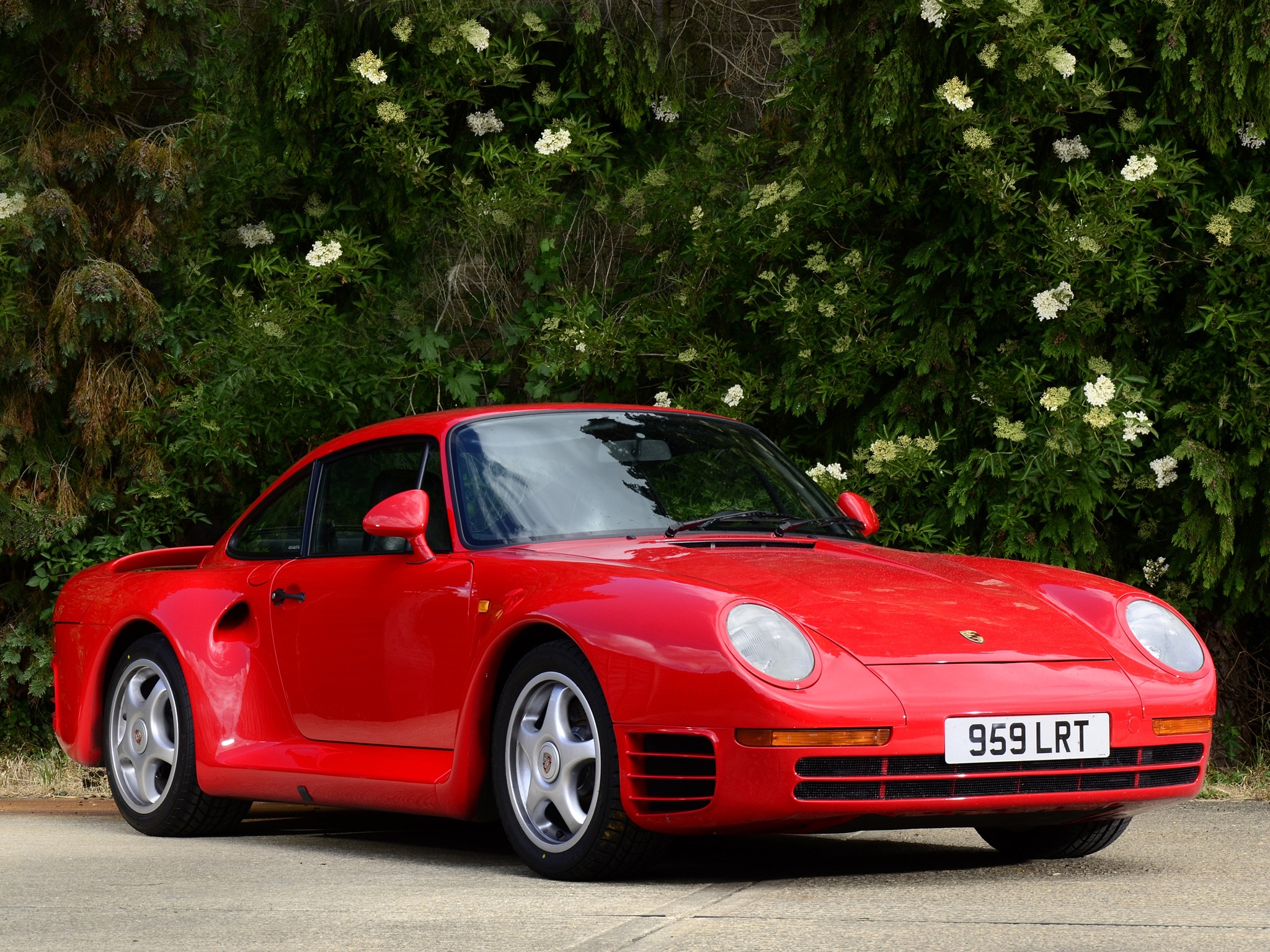
The 959 interior is styled similarly to the 911, however its outer body is made of lightweight panels and an aluminium skinned lid and doors. It has a stylish appearance which is made up of water-cooled cylinder lids. It can go up to speeds of 197mph and 0.62 in approximately three seconds an aspect that makes it a favourite of many racers. It prides itself over a 444 horsepower and is the first Porsche to have tire pressure sensors along with magnesium wheel. Up to date, there are very few cars which can beat this cars speed, and it is among the best Porsche's ever made.
Porsche 911 S Coupe
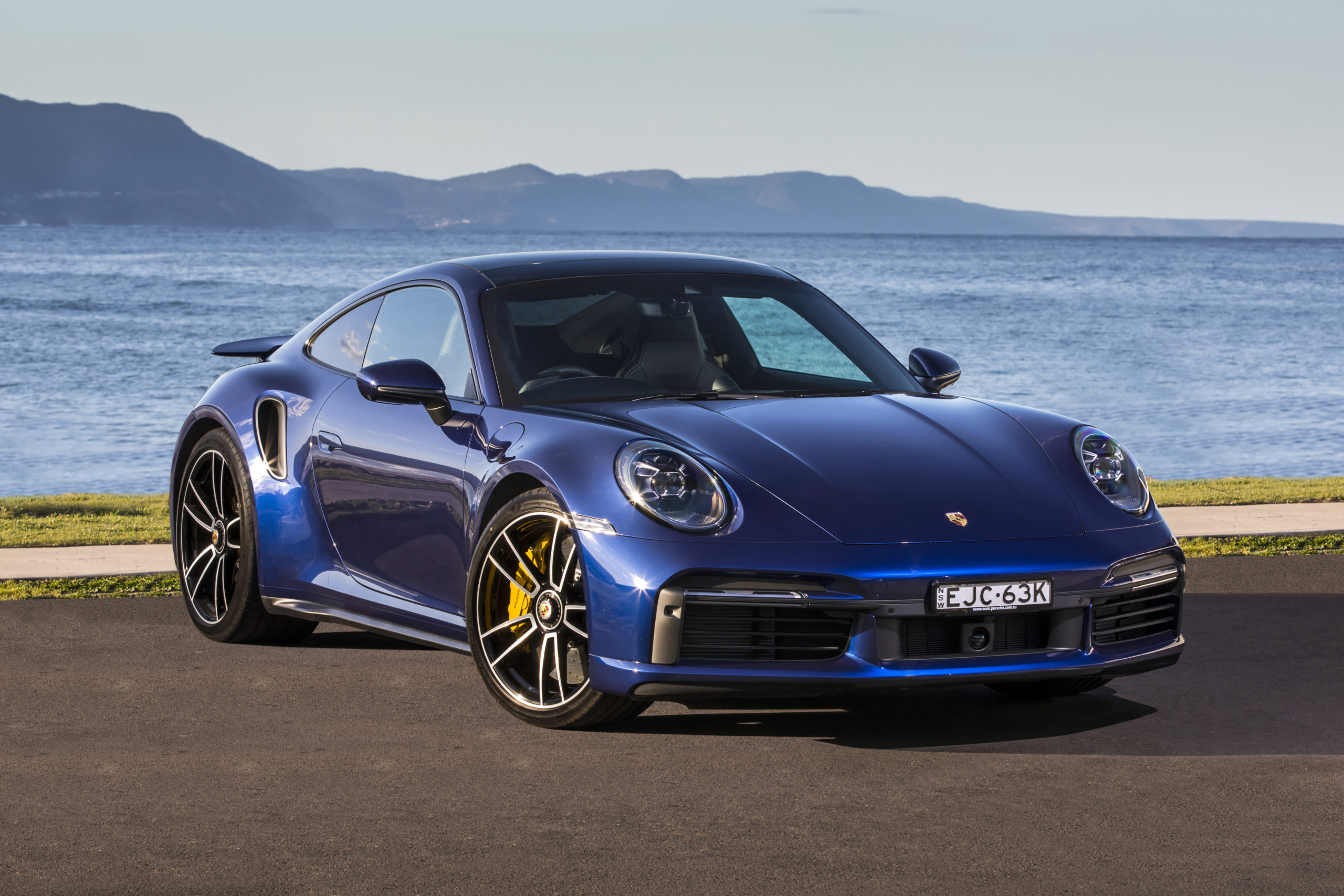
The 911S was introduced to increase the performance potential of the undeniably successful 911, if you're a MyCarHeaven fan you'd know just how much we love the Porsche 911. The 911S had a more powerful engine along with a number of chassis enhancements that made it very desirable. Becoming the flagship of the fleet, the $6990, 180-hp, 6-cylinder 911S was loaded with performance and luxury features. The tradition of race-inspired 911s really started here. A 2.0-liter flat-six producing 180-hp with a 7,200 rpm redline in 1967 was pretty special. This was clearly a more powerful and sportier car and much better than other cars of the same era.
Porsche 911 Turbo
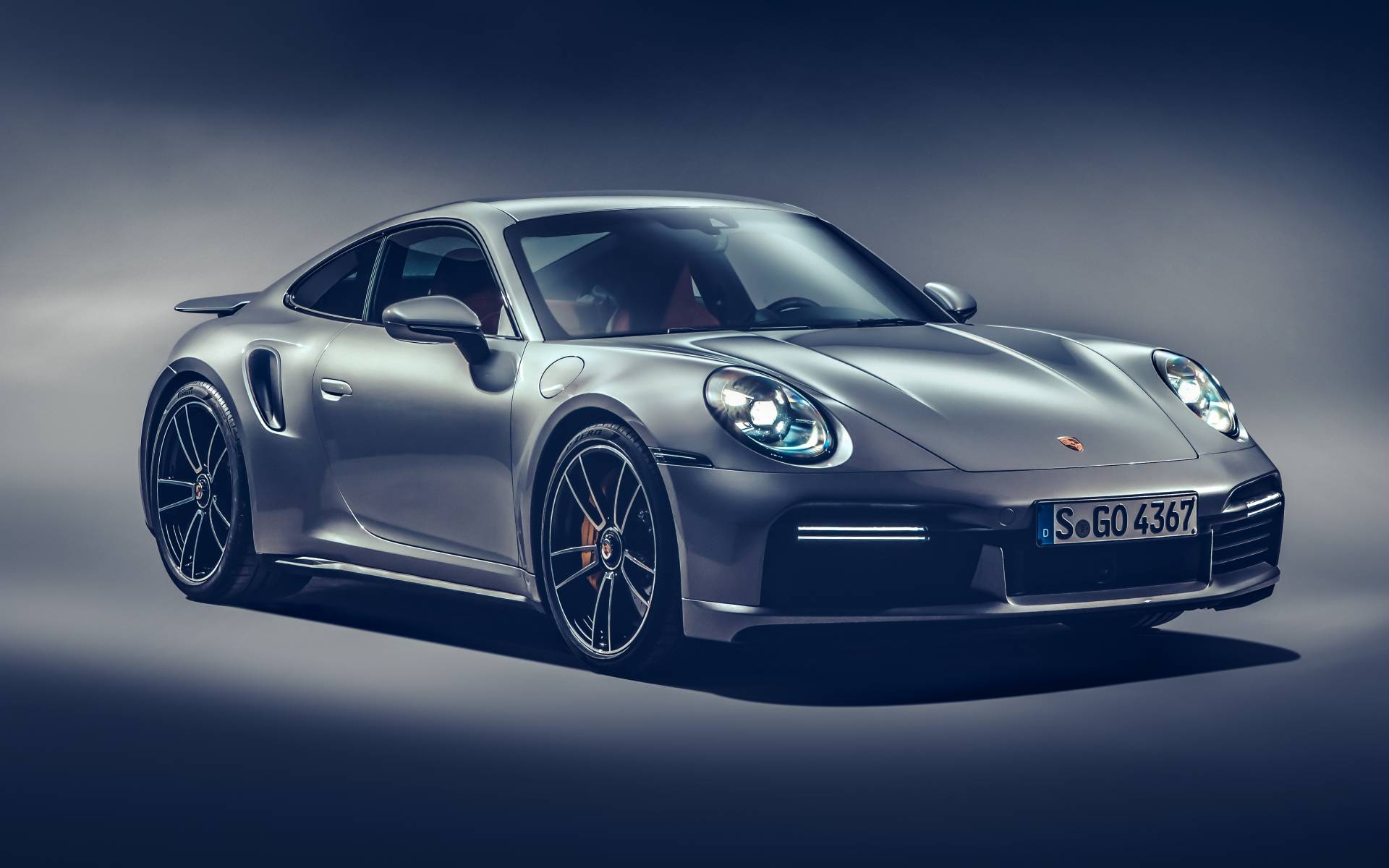
In 1974 Porsche introduced the first production turbocharged 911. In Europe it was called the Porsche 911 Turbo and in the United States it was called the Porsche 930. It looked different than the normal 911s, with wider wheel-arches, bigger wheels and tires and a large rear “whale tail” spoiler. Starting out with a 3.0L engine with 260 hp, it rose to 3.3L and 300 hp for 1978. Only in 1989, its last year of production, was the 911 turbo equipped with a five-speed gearbox. The 911 turbo was replaced in 1990 with a 964 version featuring the same 3.3L engine. There have been turbocharged variants of each subsequent generation of 911. The 930/911 Turbo was Porsche's top-of-the-range 911 model for its entire production duration. It was the fastest production car available and very quickly became known as the supercar beater and widowmaker.
Cayman GT4
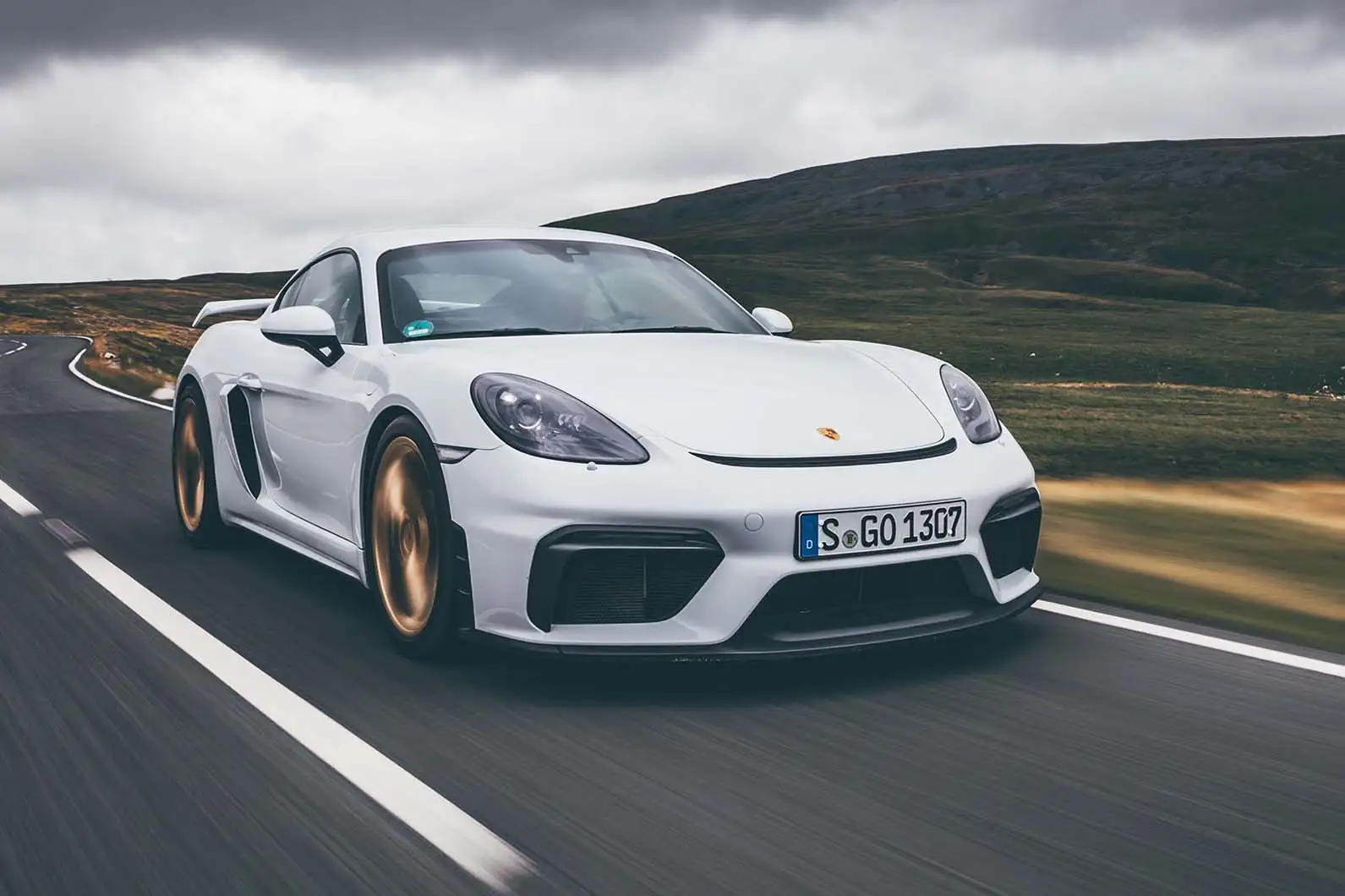
The components for the Cayman GT4 were sourced from the 911 GT3 which is why some Porsche fans refer to the Cayman GT4 as the Cayman GT3. The GT4s 3.8-litre flat-six engine produces 385 hp (283 kW) and is mated to a six-speed manual gearbox with dynamic gearbox mounts. Compared with the standard Cayman, the GT4's chassis was lowered by 30mm and bigger brakes were added, with many aspects of its suspension carried over from the 911 GT3.
Porsche 550 Spyder
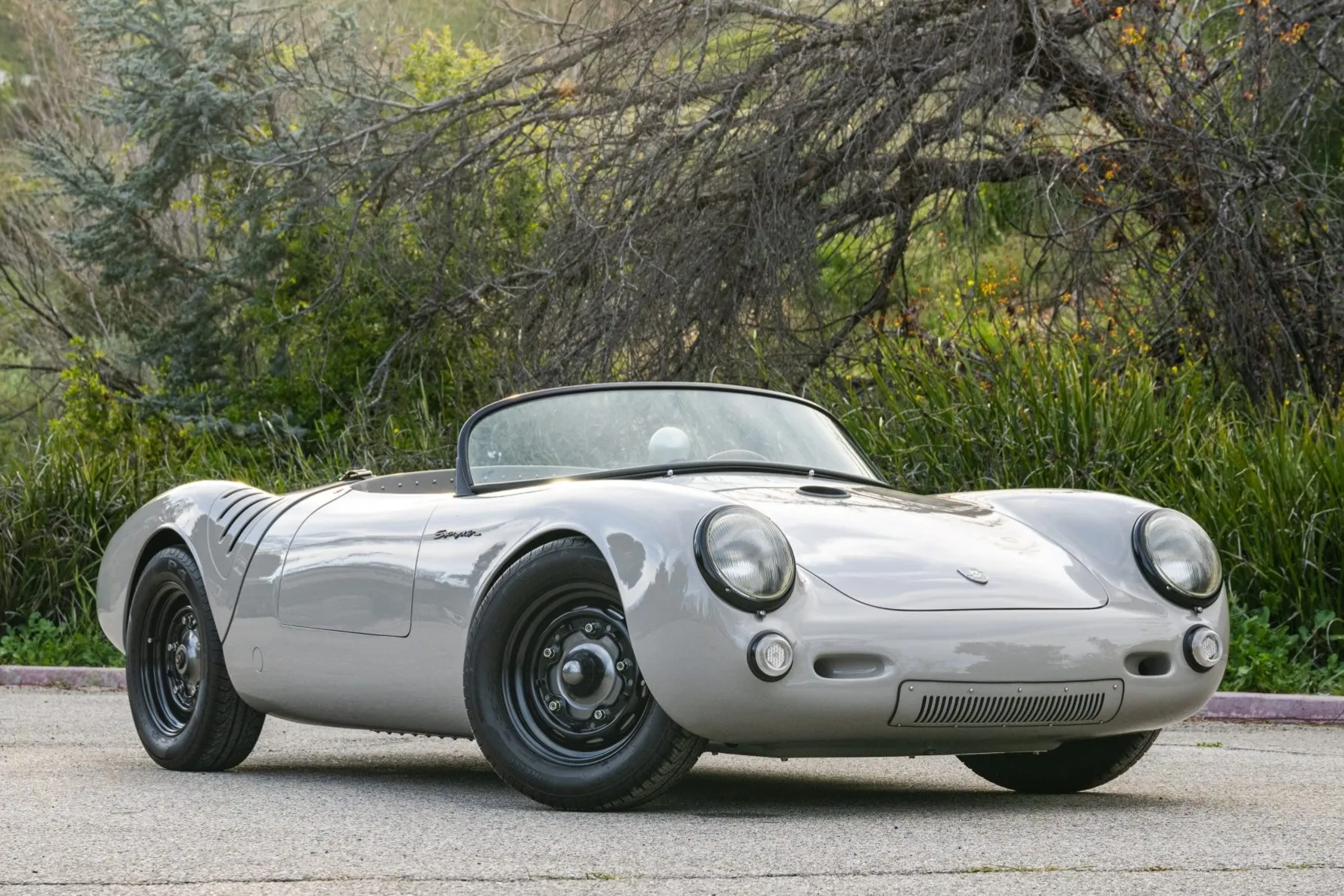
The 550 Spyder was manufactured in 1952 and went on for four years when it ceased production. Although the 550 Spyder Porsche is no longer in the market, it is another one of Porsche's oldest models, and its design was based on the 356. There were only about ninety models of the 550 Spyder which make their price quite expensive and moreover it's difficult to find any owner of the Spyder wanting to sell it.